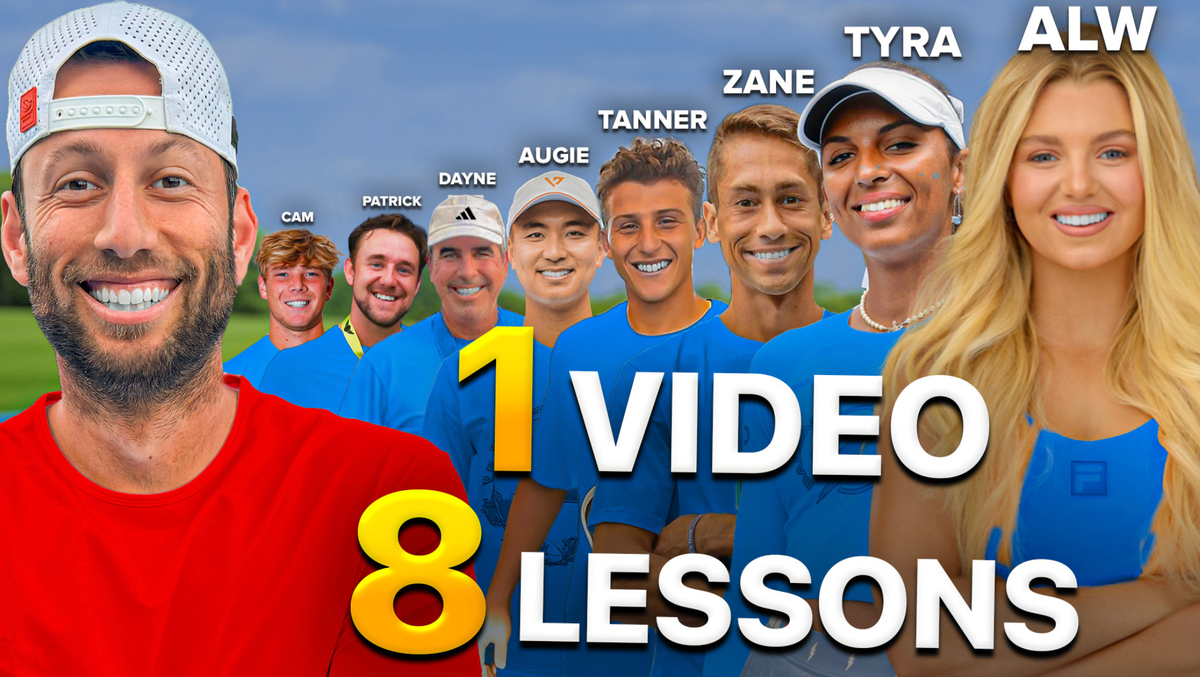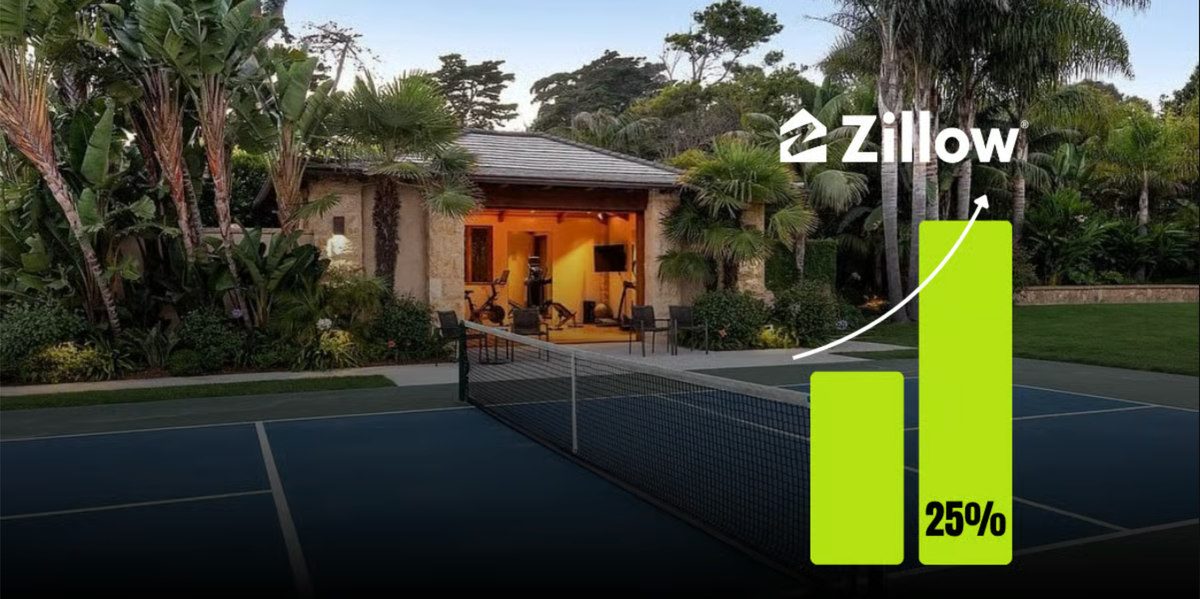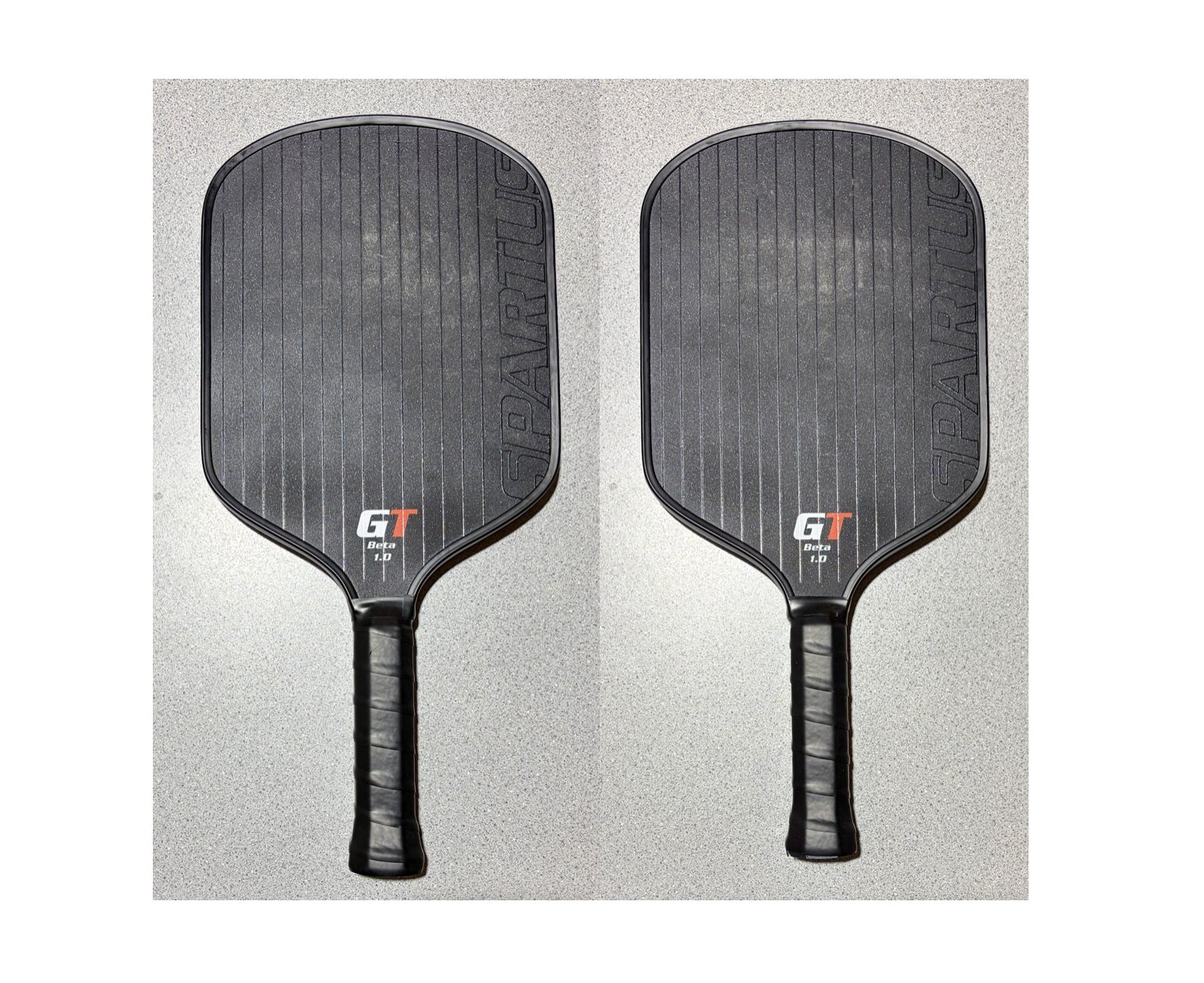
Taking dinks out of the air can be one of the more difficult shots to master when playing at the kitchen line. However, the opportunities this shot can bring are huge. In this article, I’m going to share my one simple secret that makes this shot much easier.
Common Struggles at the Kitchen Line
Tell me if you’ve experienced this before: you’re in a game, up at the kitchen line, trying to hold that position like everyone advises. You reach in and take the ball out of the air—only to pop it up and get slammed. You try again, and the same thing happens. Pretty soon, you lose confidence in taking the ball out of the air and start stepping back on everything. Now, you’re playing slightly off the kitchen line and giving up a lot of space.
I’ve been there before, and I’ve seen my students struggle with the same thing. Today, we’re going to solve this problem once and for all.
The Most Common Mistake
Before diving into the solution, let’s talk about the biggest mistake people make with this shot. The issue happens when the ball is coming toward you, and you extend your paddle out as you’re making contact. When you reach out to hit the ball, your paddle moves away from your body, making it difficult to keep the ball soft. This adds too much forward momentum, causing pop-ups—and ultimately, getting smashed.
Why does this happen? When we’re at the kitchen line, we often assume the ball will bounce, and we prepare for a dink. Taking the ball out of the air becomes a secondary option. When we suddenly realize we can volley the ball, we rush the shot, extend the paddle too far, and put too much energy into it. This is what causes the pop-ups.
The Secret to Fixing This Issue
To solve this problem, we need to get our paddle to full extension and keep it settled before the ball arrives (figure 1). You may have heard me mention this in previous articles—having a still paddle waiting for the ball gives you significantly more control over your shot.
The Full Extension Drill
For this drill, stand at the kitchen line with a partner. Follow these steps:
- Extend your arm straight with the paddle, creating a straight line through your arm and paddle. Avoid cocking your wrist upward (figure 1).
- Turn your paddle to the backhand side.
- Your partner will dink slightly off the kitchen line, allowing the ball to bounce.
- You will hold your paddle at full extension and take everything out of the air using the backhand.
- Repeat on the forehand side.
- Finally, start with your paddle in the center and react based on the ball’s direction.

Key Focus Points
- Ensure your paddle is still before the ball arrives.
- Full extension means reaching as far as possible without changing body posture, leaning, or falling over.
- If the ball reaches your paddle, take it out of the air.
- If it doesn’t, let it bounce and hit off the bounce.
By creating this endpoint, you eliminate unnecessary movement away from the body. If you take it off the bounce, your paddle should move back toward your body rather than extending outward.

Applying This to a Game Situation
Now, how do we apply this strategy in a real game? The main goal is to have your paddle at full extension before the ball arrives, but you can’t stay in this position all the time. The biggest threat is if your opponent speeds up the ball while you’re at full extension—leaving you vulnerable.
Here are two ways to handle this:
- Reacting to a Soft Shot – Dink normally and wait to see if your opponent hits a soft shot. Once you see the ball coming off their paddle softly, quickly move to full extension and look for the out-of-the-air volley.
- Being Proactive – If you’ve hit a shot that you’re confident your opponent can’t speed up, you can get into full extension before they even make contact. For example, if they are reaching, off balance, or taking a half-volley, you can confidently assume they won’t attack and get into position early.
Changing Your Mindset
The key is to train your brain to think “out of the air” as option number one. Once you reach full extension, your first instinct should be to volley. If the shot isn’t there, only then should you consider stepping back and taking it off the bounce as a secondary option.
Final Thoughts
I hope this article helped you understand how to take dinks out of the air more effectively. Now, go out and practice! Don’t forget to take your screenshot guide so you have all the tips from today’s lesson right at your fingertips.
For exclusive content and full-version tutorials, make sure to check out my YouTube channel, ➡️ John Cincola Pickleball.
Anuncie Aqui / Advertise Here
Sua marca para o mundo Pickleball! / Your brand for the Pickleball world!

 English
English  Spanish
Spanish  Portuguese
Portuguese  German
German  Italian
Italian  Japanese
Japanese  French
French  Polish
Polish  Russian
Russian  Netherlands
Netherlands  Hungarian
Hungarian  Turkish
Turkish  Videos
Videos  Pickleball Portal
Pickleball Portal








 English (US) ·
English (US) ·  Portuguese (BR) ·
Portuguese (BR) ·